General Info – summary
This Tree may reach 22m high and trunk up to 0,6m wide. Crown is up to 15m wide. Paripinnate Leaves are up to 17 x 8cm. Attractive overall red, bisexual Flowers produce much nectar. The calyx is 4-lobed, and petals are reduced or absent. 10 joined stamens enclose the pistil with its superior ovary and 1 capitate stigma. Fruit is a flat woody pod with a persistent style, producing ovoid, flattened seeds with yellow arils.
Description
Schotia brachypetala
Previous Names: Schotia latifolia, Schotia rogersii, Schotia semireducta.
SA Tree No. 202.
Common names: (Afr) Boerboon, Huilboerboom. (Eng) African Greenheart, African Walnut, Fuschia Tree, Hottentot’s Bean Tree, South African Greenheart, Tree Fuchsia, Tree Fuschia, Weeping Boer-bean, Weeping Boerboon, Weeping Schotia. (isiXhosa) Ishimnumyane, Umfofofo, Umgxam. (isiZulu) Ihluze, Umgxam, Umgxamu, Uvovo, Uvovovo. (Northern Sotho) Molope. (Setswana) Molope. (siSwati) Sihlazi, Thunzikhul, Umgcanu, Uvovovo, Vovovo. (Tshivenda) Mulibi, Mulubi, Mununzwa, Mununzwu. (Xitsonga) Chochelamandleni, Nwavilombe.
Family: Fabaceae or Leguminosae. (Pea, bean or legume family). After the Orchidaceae and the Asteraceae, the Fabaceae is the third largest Angiosperm (flowering plants) family with 700+ genera and close to 20 000 species. Local Tree genera on this website include Acacia (Vauchellia, Senegalia), Albizia, Bauhinia, Bolusanthus, Burkea, Calpurnia, Colophospermum, Cordyla, Cyclopia, Dichrostachys, Erythrina, Erythrophleum, Faidherbia, Indigofera, Mundulea, Peltophorum, Philenoptera, Piliostigma, Schotia and Xanthocercis. The Fabaceae are recognisable by their fruit and by their pinnately compound Leaves. Leaves may also be simple – even bilobed and usually have stipules – some of which may be spinescent. Leaflets are usually entire. Flowers are bisexual and bracteate. Regular flowers usually have 4-5 sepals and the same number of petals. Irregular flowers have 4-5 sepals and 5 or less petals. Stamens have anthers that have 2 pollen sacs and there are usually at least twice the number of stamens as petals – often 10. The superior Ovary has one locule that may contain 1 or more ovules. The Stigma and Style are simple. The single carpel develops into the Fruit, which is usually a pod. This pod dehisces on both sides and may break into segments. Seeds vary.
Name derivation: Schotia refers to Richard van der Schot (1730-1819): head gardener of the imperial gardens near Vienna. brachypetala – refers to the greatly reduced petals. The genus Schotia includes 4 local species. They are S. afra, S. brachypetala, S. capitata and S. latifolia.
Conservation: national Status: L C (Least Concern). Assessed: 2008 (V.L. Williams, D. Raimondo, N.R. Crouch, A.B. Cunningham, C.R. Scott-Shaw, M. Lötter and A.M. Ngwenya).
Tree
This spineless Tree may reach 22m high (usually less) and has a dense, rounded crown with a spread of up to 15m (photo 94). The Trunk is straight with a diameter up to 0,6m. In the young trunk, the Bark is initially fairly smooth and grey to reddish brown (photos 357 & 358). As it ages, it becomes rough and much darker (photo 105). The spreading Branches are dense and may initially hang down and turn up near the ends. Newish branches are green (photo 102 – under Leaves) and develop Lenticels (usually raised corky oval or elongated areas on the plant that allow the uncontrolled interchange of gases with the environment) are visible (photo 358).
- 94 2019.08.12 Skukuza NBG. Photo Daviid Becking.
- 105. 2014/02/17. Marakele NP. Photo: David Becking.
- 357. 2014/09/07. Modjadjiskloof (Duiwelskloof). Photo: David Becking.
- 109. 2014/08/26. Walter Sisulu NBG. Photo: David Becking.
- 358. 2014/09/07. Modjadjiskloof (Duiwelskloof). Photo: David Becking.
Leaves
The tree may be briefly deciduous but remains evergreen if the temperature does not fall sufficiently. Leaves are up to 17 x 8cm and are coriaceous (leathery) when mature. Sparse hairs may be present. The alternate leaves are paripinnate (pinnately compound leaf ending in a pair of leaflets – photos 350 & 354). Young leaves are ruby red or all shades of rose and may be spectacular (photo 350). The leaves change to a pale brown and finally dark glossy green above and a lighter dull green below (photo 899). The Rachis (main axis of a compound structure – in this case bearing leaflets – photo 354) is flattened and may be grooved above or slightly winged (photo 354 RHS). In this photo there are 5 and 4 pairs of leaflets. This may extend to 8 pairs. The pairs of leaflets are opposite or nearly so and, apart from the terminal pair, the leaflets increase in size towards the leaf apex. Leaflets are usually smooth or sparsely hairy, oblong to ovate or nearly rectangular and are usually up to about 8,5 x 4,5cm. The Apex is rounded or abruptly finely pointed (photos 350 & 354). The Base is rounded and asymmetric (not equal to the opposite side – photo 102). The wavy Margin (photo 899) is almost entire (with a continuous margin). The Petiole (leaf stalk) has a thickened base. It is winged and up to 2,5cm long. Petiolules (leaflet stalks) are short (photo 102), up to 2mm long or absent. Small Stipules (basal appendage of the petiole) are present.
- 350. 2014/09/07. Modjadjiskloof (Duiwelskloof). Photo: David Becking.
- 102. 2014/08/26. Walter Sisulu NBG. Photo: David Becking.
- 899. 2015/11/21. Linden. Photo: David Becking.
- 354. 2015/11/21. Linden. Photo: David Becking.
Flowers
The bisexual, initially upward facing Flowers (photo 211) usually develop on old wood (photo 109 – under Tree). They may appear before the leaves. The mass of usually deep red or pink flowers can be most impressive. Flowers are arranged in dense Panicles (indeterminate, branched inflorescence with stalked flowers) each up to 14cm long. The cup-shaped flowers release a substantial amount of nectar giving them a shiny, wet appearance. Flowering tends to be irregular and even close together trees may flower at somewhat different times. Bracts (modified leaves associated with reproductive structures are present (photo 348). Supporting each flower is a red Pedicel (stalk of a single flower). In this plant, the 5 pink Corolla Petals are often significantly reduced to thread-like filaments or are absent. What remains is the 4-lobed Calyx (photo 211) with its bright red Sepals. Within this are the 1o up to 2cm long, exserted (sticking out) Stamens. The red Filaments are fused at the base (photo 490). The basal portions of the calyx, corolla, and stamens form from a hypanthium (the cup-like receptacle usually derived from the fusion of floral envelopes and androecium). The initially golden Anthers are versatile (hung or attached near the middle, and usually moving freely – photo 211). Present is a single Pistil (a unit of the Gynoecium, the female element of the flower, composed of the Ovary, Style and Stigma). The superior Ovary contains 1 locule (compartment within an organ). From the ovary, a single red Style extends slightly beyond the stamens and ends in a small, single capitate (formed like a head) Stigma (photo 490). All red parts of this flower are distinctly visible. When present, flowers make this tree easy to identify. In dry areas, they may cover the tree. (Aug-Nov).
- 348. 2014/09/07. Near KNP. Photo: David Becking.
- 211. 2014/08/26. Walter Sisulu NBG. Photo: David Becking.
- 490. 2016/09/27. Walter Sisulu NBG. Photo: David Becking.
Fruit
After pollination, the Anthers change from golden to a brown colour. The developing embryo becomes green and extends the ageing Style in the process (photo 907). The initially green pod (photo 907) develops into an elongated, flattened Fruit that becomes woody and is up to 12 x 5cm. It may take up to 6 months to ripen. The mature pods have persistent hard margins (photo 499). In this photo, the persistent Style is visible at the end of the pod. The pod develops up to 9 Seeds that are ovoid, flattened, pale brown and close to 1,5cm in diameter. The seed base has a cup-shaped Aril (an appendage or outer covering of a seed and may appear as a pulpy covering which eventually becomes yellow – photo 499). (Feb-Sep).
- 907. 2014/10/14. Walter Sisulu NBG. Photo: David Becking.
- 499. 2016/09/27. Walter Sisulu NBG. Photo: David Becking.
Distribution & Ecology
This tree in Endemic (restricted to a particular geographic location) in southern Africa and is a “rain tree” – caused by a spittlebug Ptyelus grossus in its larval and nymph stages. This insect sucks up the tree sap and ejects some of it as froth that collects and drips down like water. Enormous numbers of sap sucking insect including aphids in the genus Aphis may become a problem on young foliage. They in turn attracts birds. This “Weeping” may also refer to the oozing out of the excessive amount of nectar produced. The tree is generally Found in the bushveld (is a sub-tropical woodland ecoregion of southern Africa) and scrub forests. These plants are common in warm, dry areas, on riverbanks, or close to termite mounds – up to an altitude of about 1 800m. Mature trees can survive a reasonable frost. These plants are Located from Umtata in the Eastern Cape, KwaZulu-Natal e.g. Hluhluwe, Mpumalanga, Gauteng, Limpopo, North West, Swaziland – especially the lowveld, Zimbabwe and southern Mozambique. Vast numbers of animals are attracted to the flowering plant. Insects, including bees and sunbirds feed on the Nectar. Starlings and baboons feed on the Flowers. The Forest-king Charaxes or Forest King Emperor butterfly (Charaxes xiphares) gain larval food from this plant and from others – including Rhamnus prinoides. A total of close to 50 bird species feed from this tree. Some are specialist feeders and others are opportunistic feeders. Monkeys feed on both the seeds and the flowers and a number of birds eat the seed Arils (an aril is an appendage or outer covering of a seed and may appear as a pulpy covering (yellow in photo 499 above). It develops from a stalk, the funiculus, connecting an ovule or a seed with the placenta. These sticky arils are rich and fatty. They are more attractive to some birds than the seeds. Parrots and grey louries disperse Seeds. Black rhino eat the bark. Baboons, giraffe, kudu and impala eat the Leaves.
Ethnobotany
The dense Heartwood is yellow, brown to dark brown, hard, fairly dense and termite resistant. It has good turning capacity and, if seasoned, and can make good furniture. It is also used for flooring, carvings as well as fence poles. Eye irritation can occur when cutting the wood. The wood makes a good fuel. The Bark is useable for tanning and dyeing (reddish brown). Leaf extracts have antibacterial activity against Bacillus subtilis and Staphlococcus aurus. Both these are gram-positive bacteria. Most herbivores consume the Leaves. Bark and Leaves are used in local medicine. Seeds are edible after roasting and may have been part of the Natal Voortrekkers food. The plant grows easily from seeds and truncheons but is initially frost sensitive. Once established, the tree is reasonably drought resistant. The Tree flowers when it is about 5 years old. This becomes a good shade tree, but nectar does drip when flowering. The large amount of nectar produced is much sought after by birds and insects when flowering and this is another good reason for planting the tree. All children are attracted to this tree when it flowers. Trees become alive with birds and the noise they make may be audible some distance from the tree. Invasive roots may be a problem – keep away from buildings. This tree has been planted in parts of Florida and California. Plants develop quickly from truncheons or soaked seeds.
References
Boon, R. 2010. Pooley’s Trees of eastern South Africa. Flora and Fauna Publications Trust, Durban.
Burrows, J.E., Burrows, S.M., Lotter, M.C. & Schmidt, E. 2018. Trees and Shrubs Mozambique. Publishing Print Matters (Pty) Ltd. Noordhoek, Cape Town.
Coates Palgrave, M. 2002. Keith Coates Palgrave Trees of Southern Africa, edn 3. Struik, Cape Town.
Ginn, P.J. McIlleron, W.G. Milstein, S. 1989. The Complete Book of Southern African Birds. Struik Publishers (PTY) LTD. Third impression 1991.
Lawrence, G. H. M, 1951. Taxonomy of Vascular Plants, The Macmillan Company, New York. Tenth Printing 1965.
Palmer, E. & Pitman, N. 1972. Trees of southern Africa, Balkema, Amsterdam, Cape Town.
Schmidt, S. Lotter, M. & McCleland, W. 2002. Trees and Shrubs of Mpumalanga and the Kruger National Park.
van Wyk, B. & van Wyk, P. 1997 Field guide to Trees of Southern Africa, Struik, Cape Town.
Williams, V.L., Raimondo, D., Crouch, N.R., Cunningham, A.B., Scott-Shaw, C.R., Lötter, M. & Ngwenya, A.M. 2008. Schotia brachypetala Sond. National Assessment: Red List of South African Plants version 2020.1. Accessed on 2023/11/24.
http://www.plantzafrica.com/plantqrs/schotiabrachy.htm
https://en.wikipedia.org/wiki/Schotia_brachypetala
http://www.weeds.mangrovemountain.net/data/Schotia%20brachypetala%20-%20Drunken%20Parrot%20tree.pdf
http://www.ecotravel.co.za/plant-kingdom/trees/schotia-brachypetala.htm
http://www.zimbabweflora.co.zw/speciesdata/species.php?species_id=126720
http://uses.plantnet-project.org/en/Schotia_brachypetala_(PROTA)
http://posa.sanbi.org/flora/browse.php?src=SP

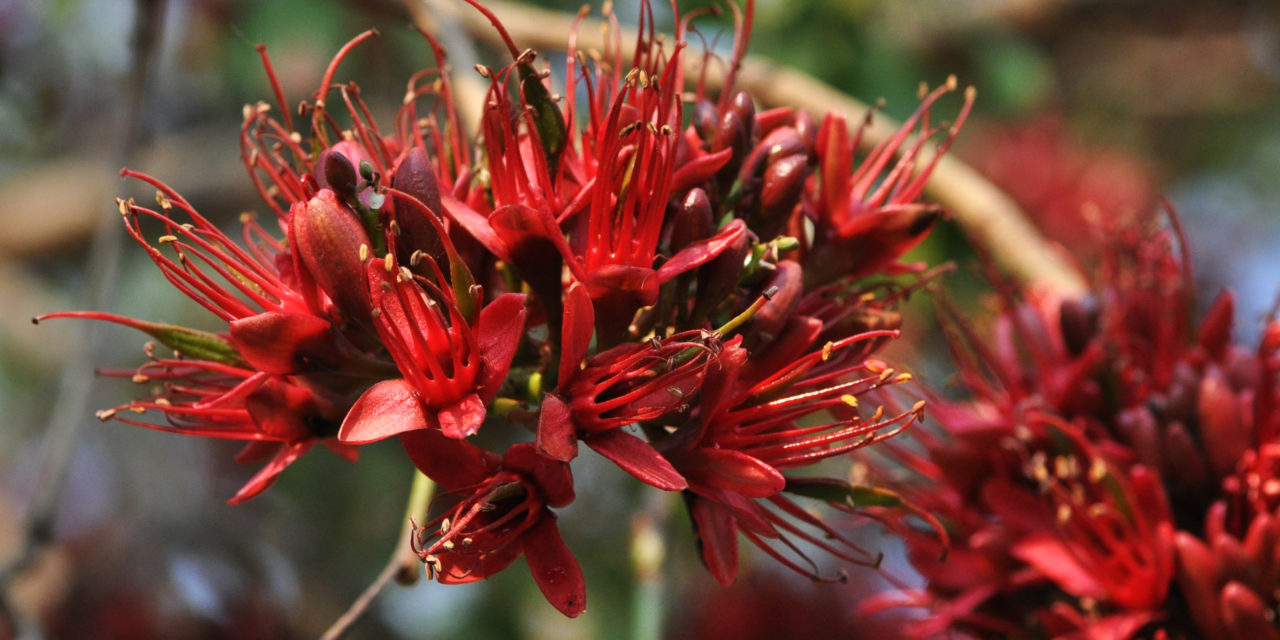
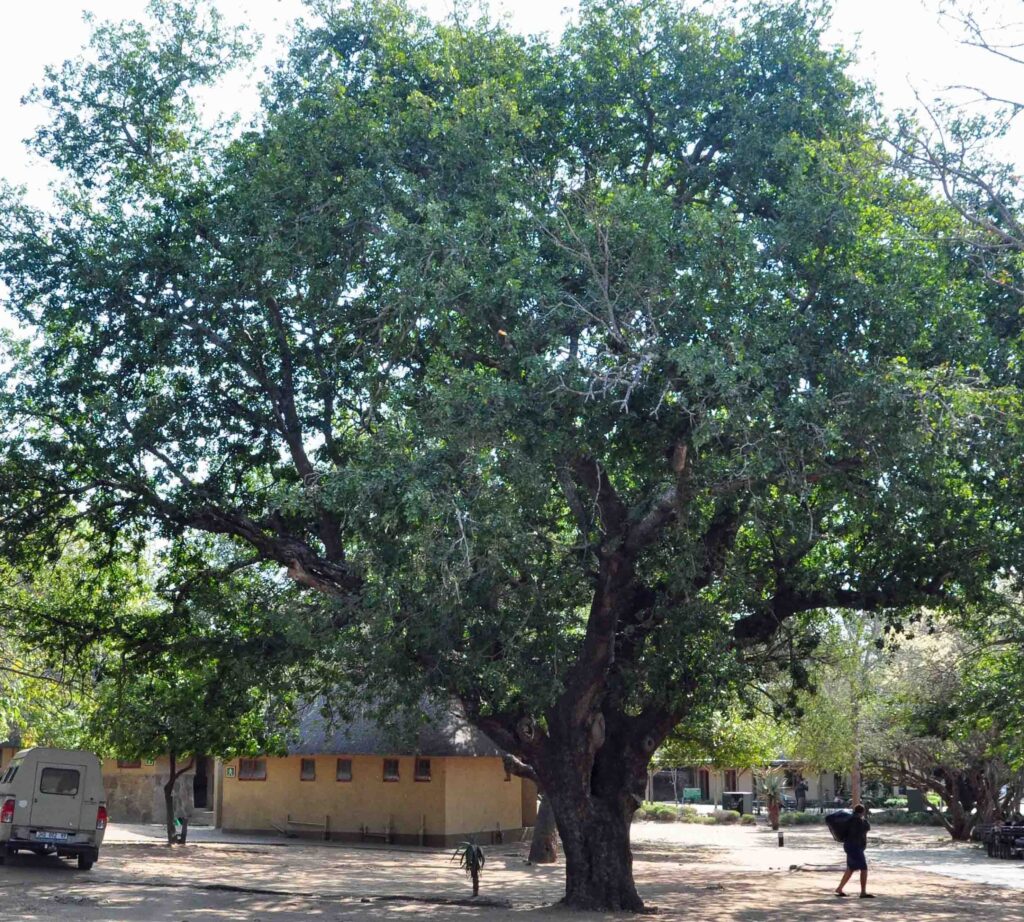
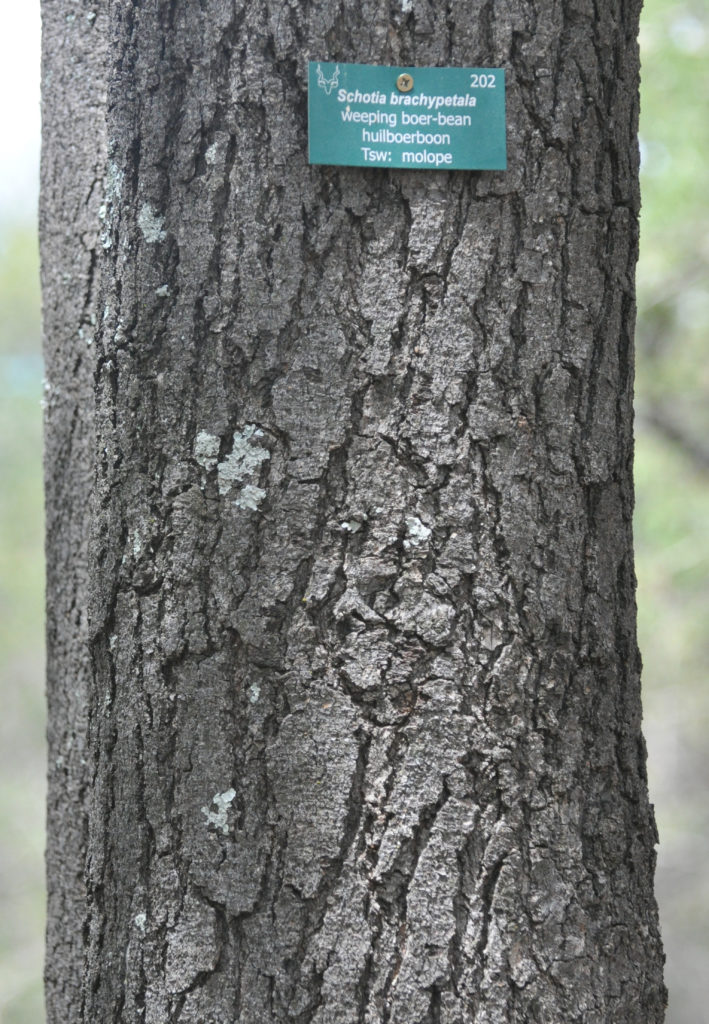
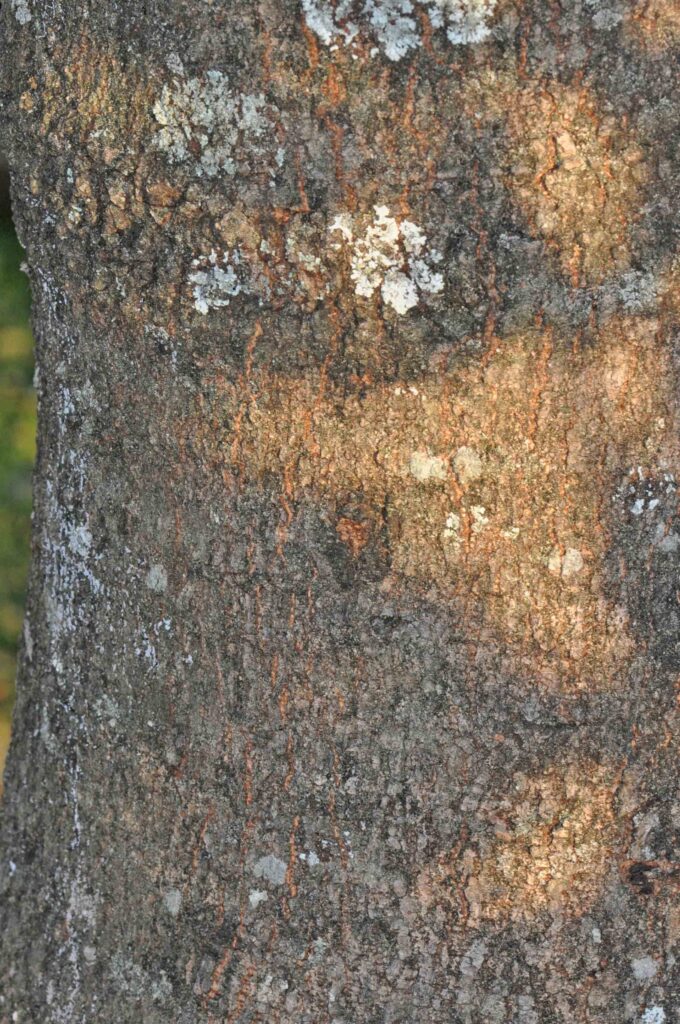
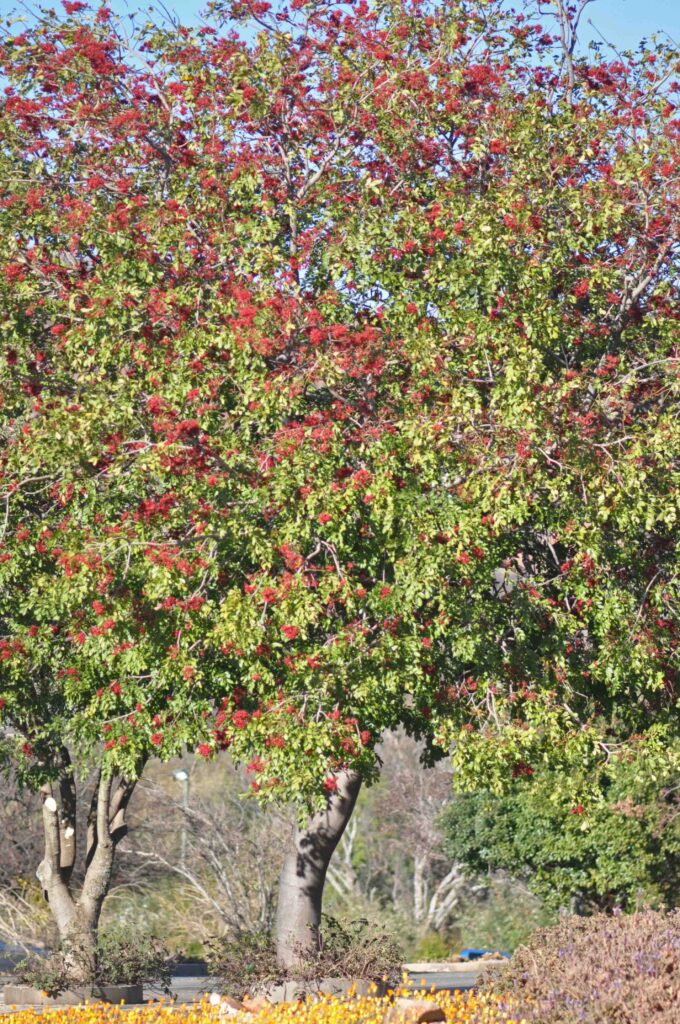
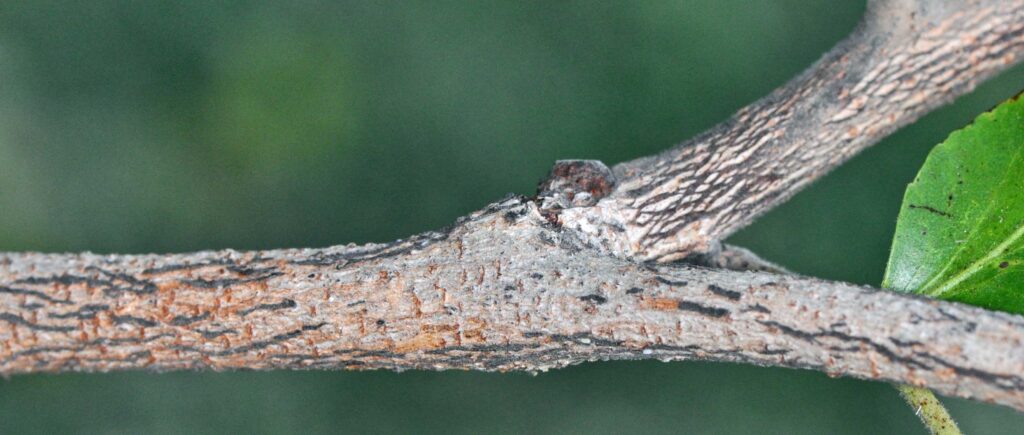
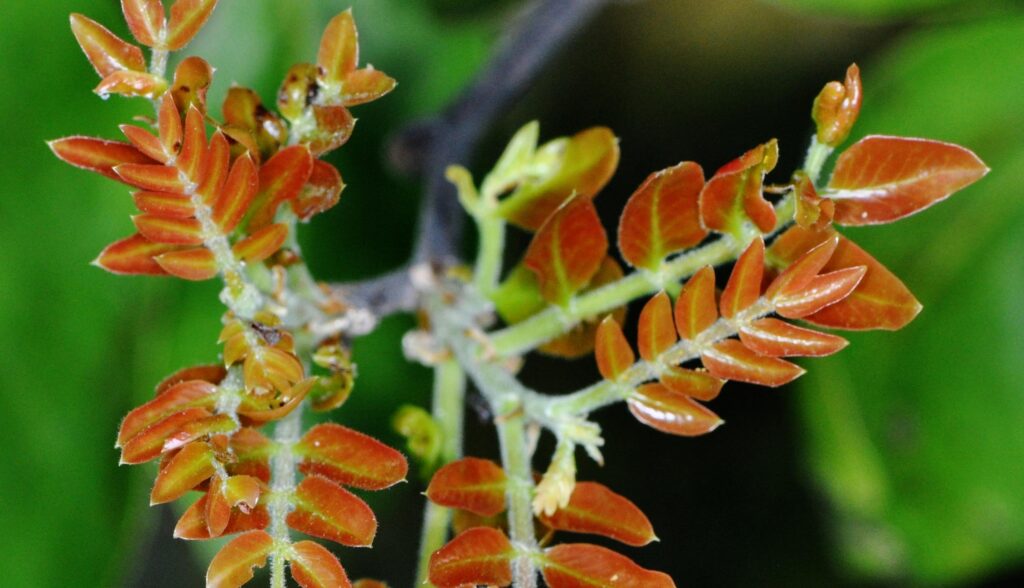
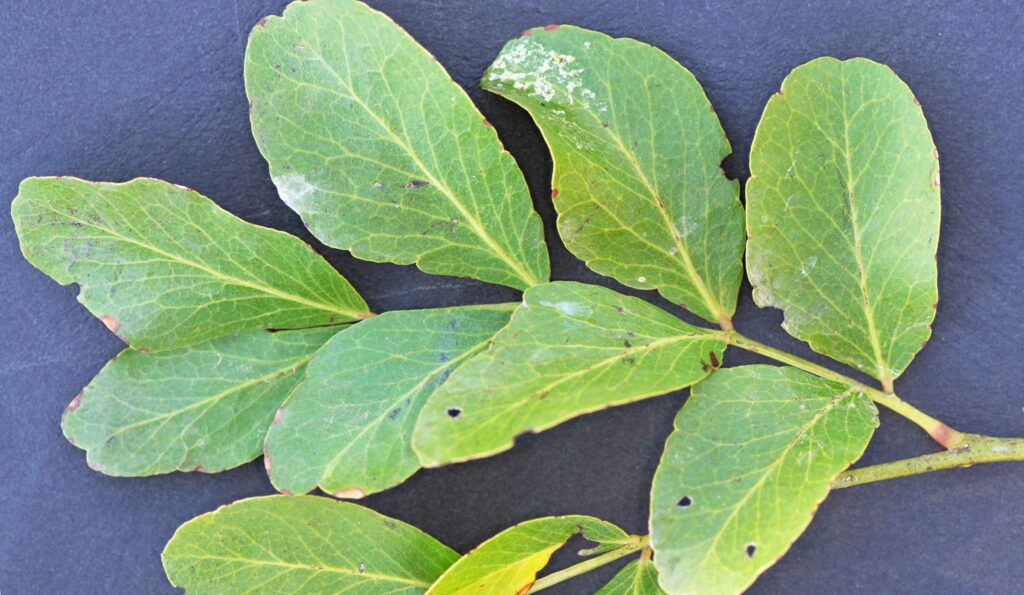
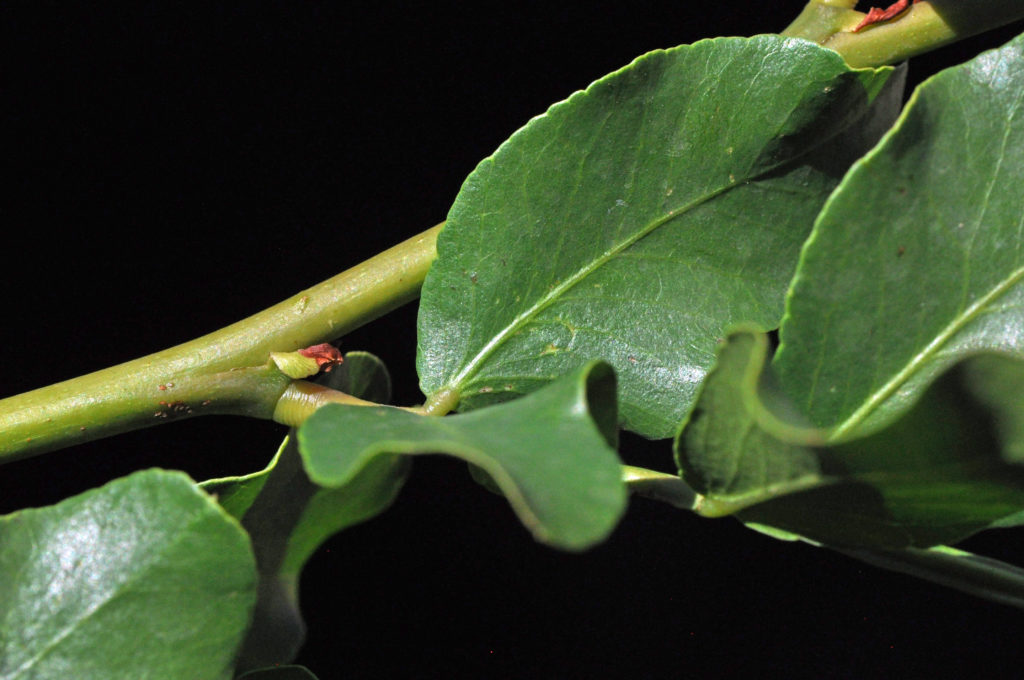
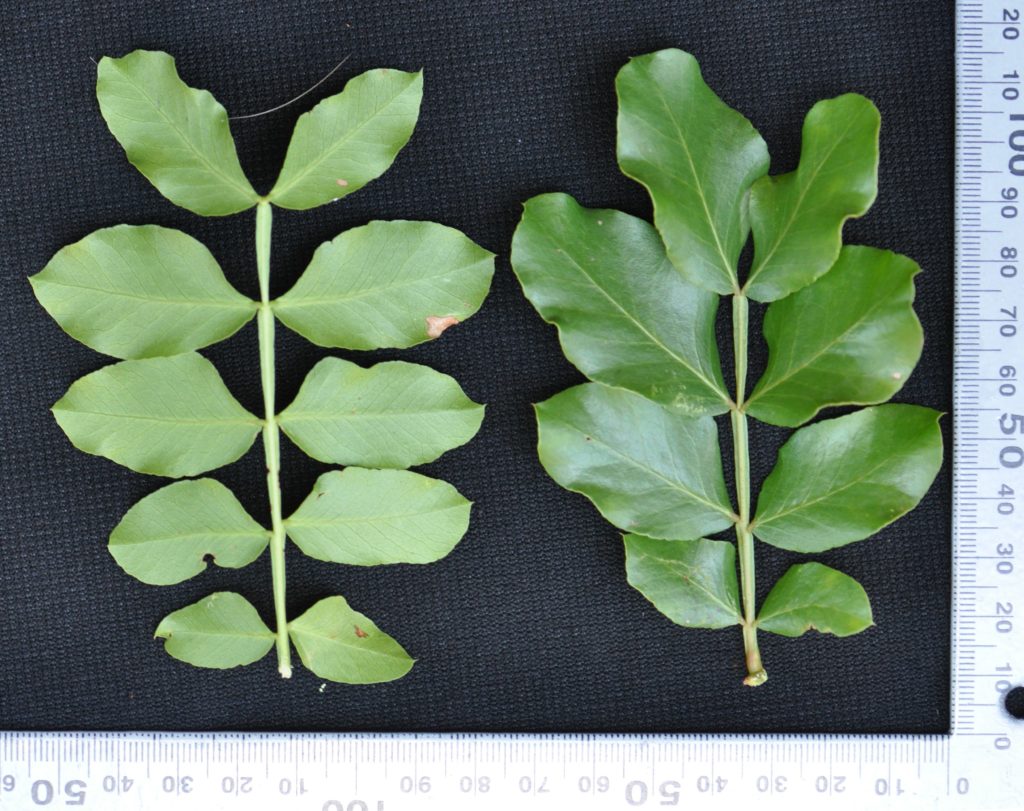
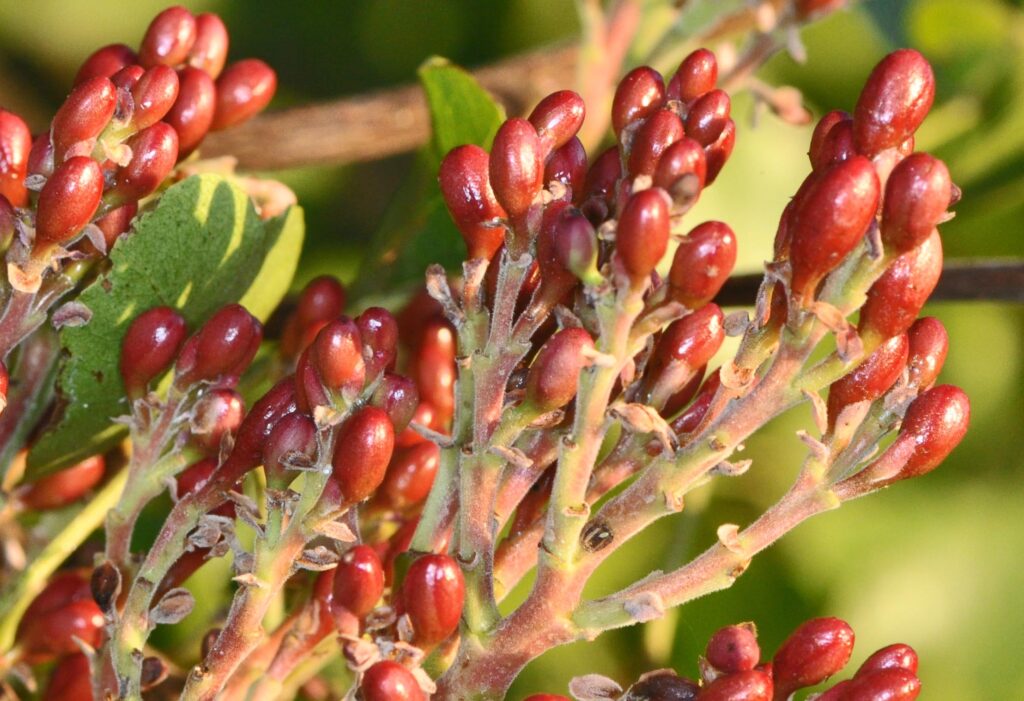
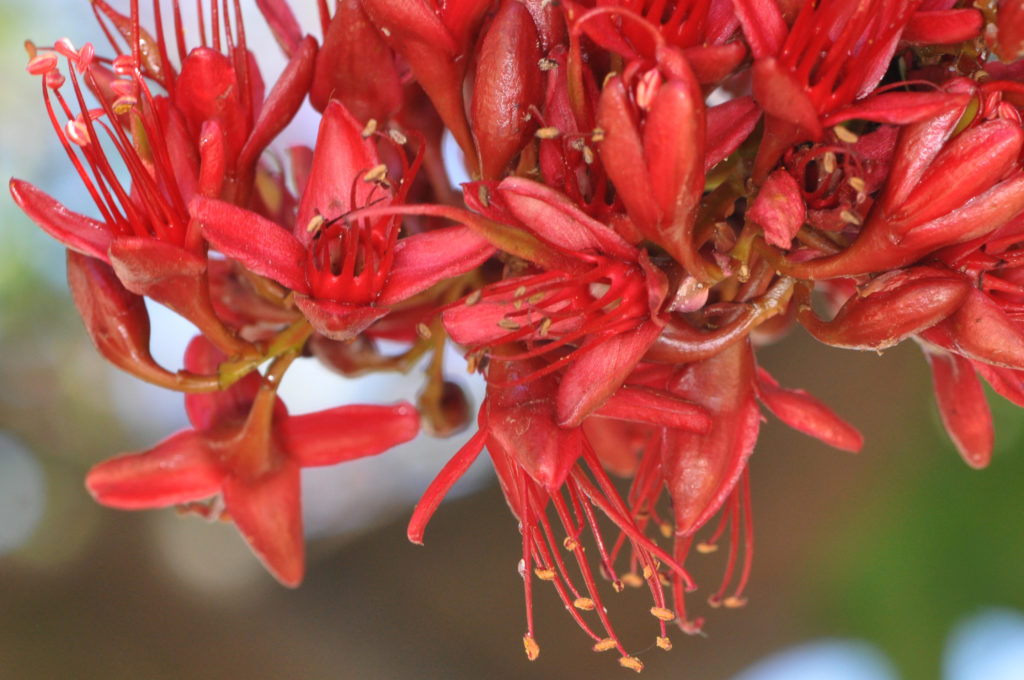
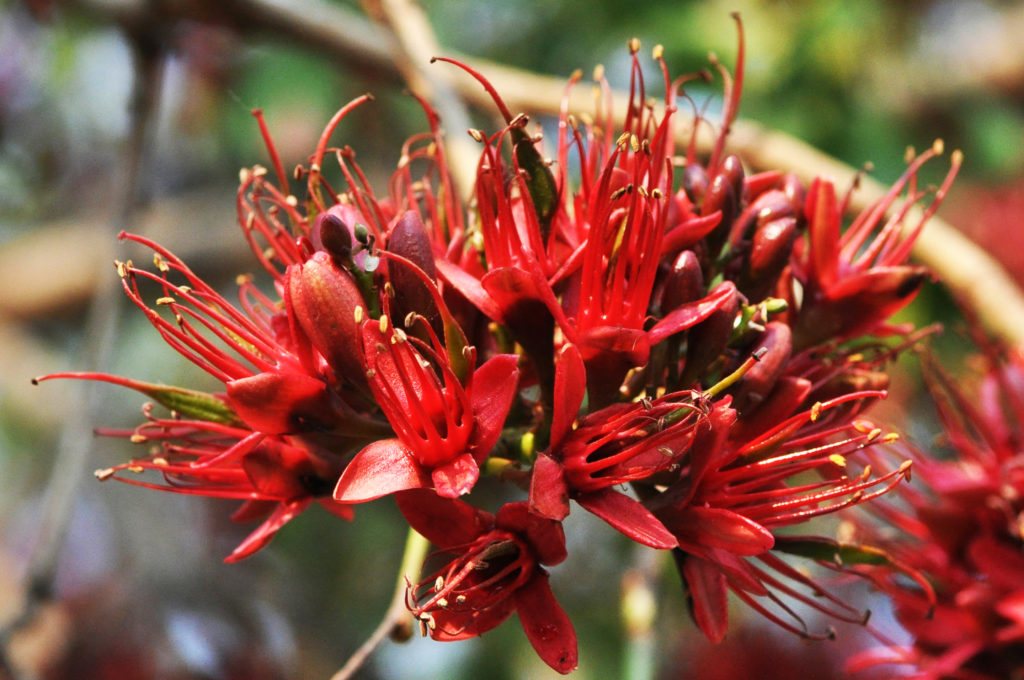
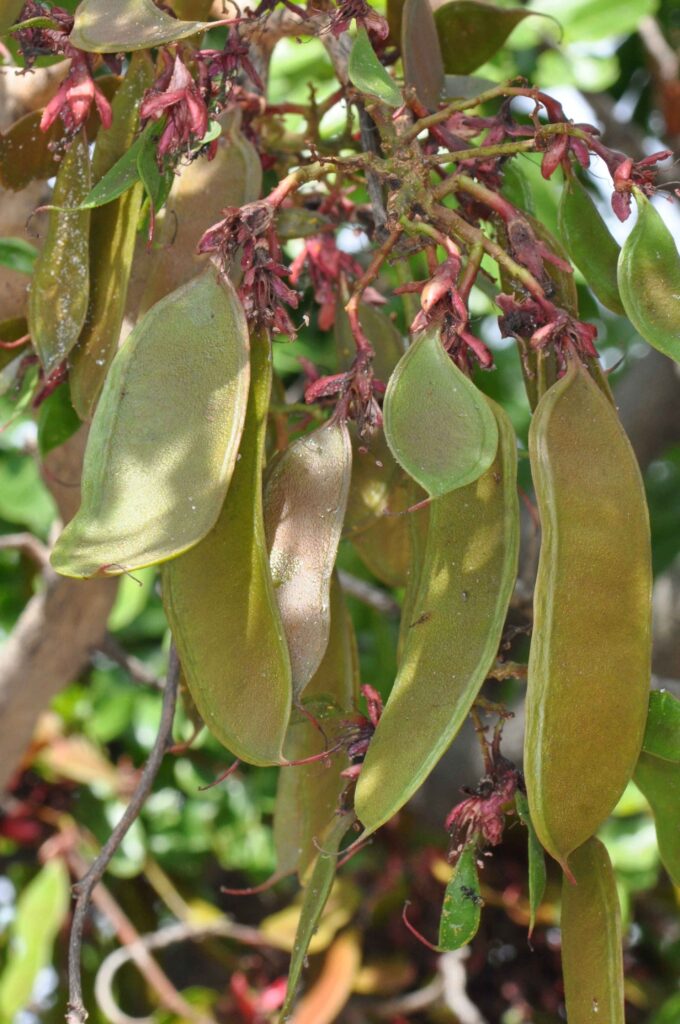
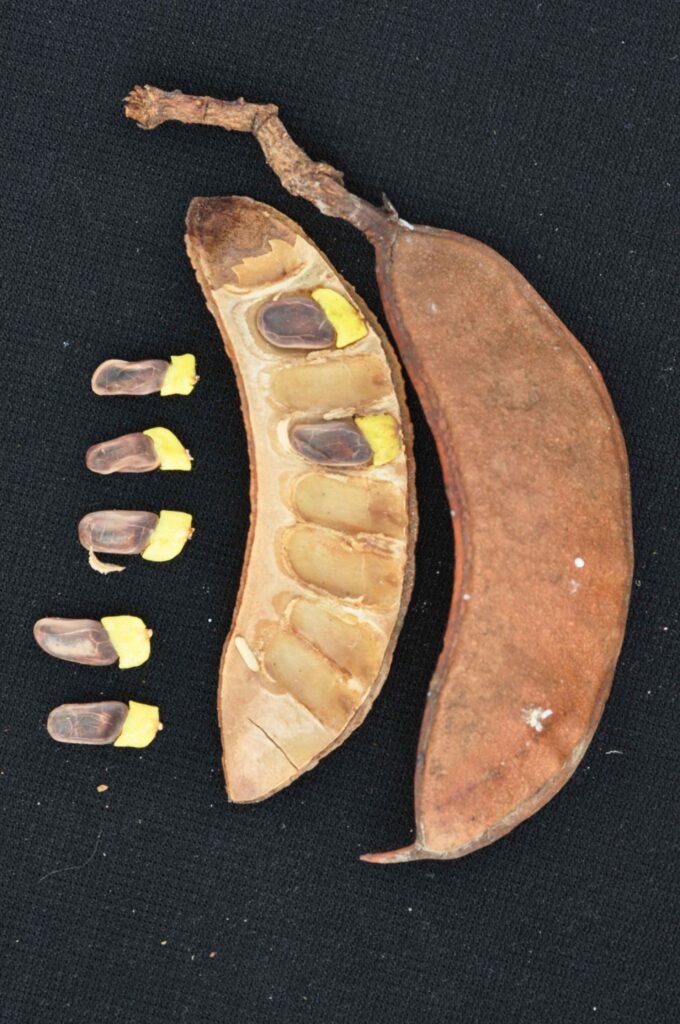
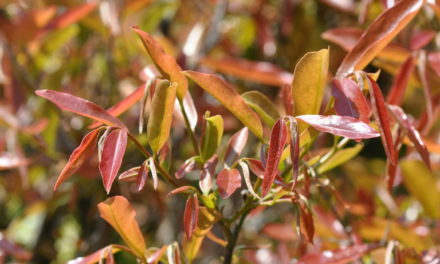
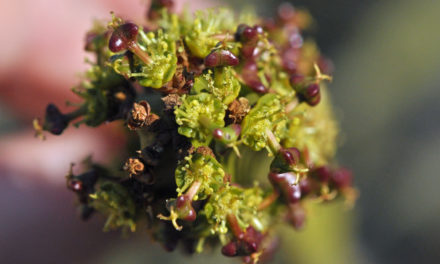
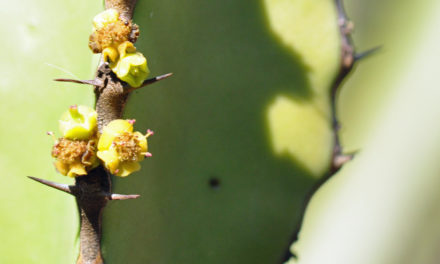
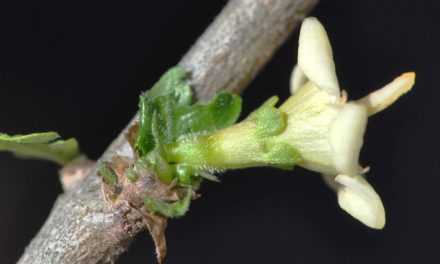
Hi David. I am very impressed with this site.
Thank you. Lots to come! Take care.
Hi David,
I absolutely love your site and the extensive information and photo’s! Will enjoy it from now on!
Thank you Genie. There is still enough to do to keep me busy for a long time. Aureen and I a are intending to visit near Kruger during “flowering time”. Sadly I have some trees with insufficient photos. Take care.
What a pleasure!
Thank you. There is still enough to keep me busy for a long time. Take care.
I have three Huil Boerboon bonsais and now after many years the leaves turn “brownish” and look as if the leaves are dying off. I have checked for any signs of insects but found none. They do get full son most of the day and get watered twice a week. Any suggestion what might be wrong? Your help is appreciated. Kind regards
Johan
Garden Route, western Cape
Greetings Johan
Sad to hear about these special trees of yours. Possible problems include age although this is unlikely to be a combined problem with 3 trees. Possibly something in the roots – fungus, underground animals e.g. ants etc.
I hope you manage to sort out the problem. These are special trees.
Take care.
David Becking.
– If you find the problem let me know and I will include it in my web page.